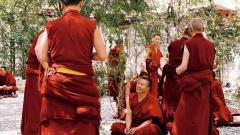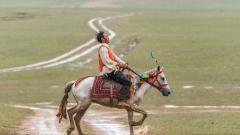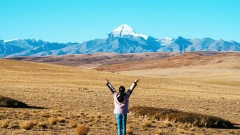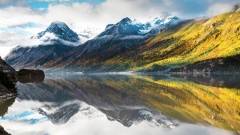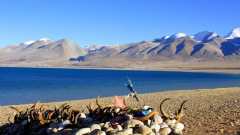Whether you’re at Namtso Lake in Tibet, the Taklamakan Desert in Xinjiang, or Chaka Salt Lake in Qinghai, the scenery is breathtaking—but so are the challenges of strong sun and extreme dryness.
High-altitude and desert areas have thin air, low humidity, and intense UV rays. Without protection, sunburn, dry skin, and dehydration can happen fast. This guide covers essential tips to stay safe, hydrated, and sun-protected during your journey.
Environmental Features of Highlands and Deserts
Before diving into detailed strategies, it’s important to understand the natural characteristics of these areas:
| Feature | Description |
| High Altitude | Thin air, dry conditions, and significantly stronger UV rays |
| Strong UV Radiation | UV strength increases by 10–12% for every 1,000m elevation gain |
| Long Sun Exposure | More than 10 hours of strong sunlight per day is common |
| Extremely Low Humidity | Often below 30%, leading to rapid water loss from skin |
| Wide Temperature Range | Hot during the day, cold at night—extra stress on your skin |
To protect your skin and health in these environments, you’ll need to block UV rays, retain moisture, and soothe dry irritation to stay in top form.
Sun Protection: Gear Up Against Intense UV Rays
1. High-SPF Sunscreen is Non-Negotiable
- Choose sunscreens with SPF 50+ and PA+++ or higher
- Reapply every 2–3 hours, especially after outdoor activities like hiking or biking
- Use hybrid sunscreens (physical + chemical) for broad-spectrum protection with a lightweight feel
- Recommended products: Anessa Gold (Shiseido), La Roche-Posay Anthelios, Biore UV Aqua Rich—all long-lasting and sweat-resistant
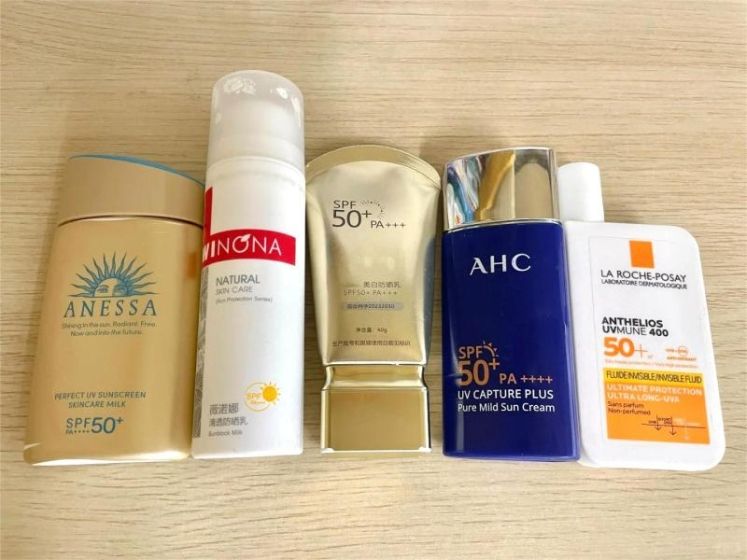
sunscreen
2. Don’t Rely on Sunscreen Alone
- Wide-brim hat: Offers excellent shade for your face and neck
- UV-protection sunglasses: Choose UV400 lenses to prevent sun damage and reduce high-altitude glare
- Scarf or face mask: Useful in windy or sandy areas to shield the skin
- UV-protective clothing and gloves: Long sleeves are better than short ones under strong sun
- Umbrella: Dual-use (sun and rain), ideal in urban areas or windless conditions
3. Don’t Overlook These Areas
- Lips: Use SPF lip balm (e.g., Mentholatum, Eos) to prevent cracking
- Ears and neck: Easily burned and often forgotten—apply sunscreen thoroughly
- Hands and wrists: Constantly exposed during photography—apply extra care
Hydration: Beat Dryness with Deep Moisture Care
1. Three-Step Skincare: Cleanse – Tone – Moisturize
- Cleanser: Use mild, non-stripping formulas (e.g., amino acid-based) to avoid tightness
- Toner: Go for hydrating, high-penetration products; carry a facial mist (like Vichy or Avène) for on-the-go hydration
- Moisturizer: Use both lotion and cream in dry climates for long-lasting moisture retention
- Recommended ingredients: Hyaluronic acid, ceramides, glycerin
2. Face Masks: Nighttime Skin Rescue
- Use hydrating masks every 2–3 days (e.g., My Beauty Diary, Innisfree, Cica)
- After sun exposure, apply aloe gel or calming masks for soothing relief
3. Lip and Hand Care
- Use SPF lip balm regularly to prevent chapped lips and inflammation
- Keep a hand cream handy to fight cracking and dryness
4. Hydrate from Within
- Drink over 2,000ml of water daily, in small sips
- Carry a thermos and electrolyte drinks for better hydration
- Eat moisture-rich foods like fruits, cucumber, tomatoes, leafy greens
Additional Protection for Eyes, Hair, and More
1. Eye Protection: Avoid UV Damage and Snow Blindness
- Use polarized or UV-protective sunglasses, especially in snow or salt lake areas with high reflectivity
- Eye discomfort is common in these areas—don’t skip your shades
2. Scalp and Hair Care
- Wear hats to protect your scalp from burning
- Use hair oil or conditioning sprays to combat frizz and dryness
- If you have sensitive hair, bring a travel hairdryer and leave-in conditioner
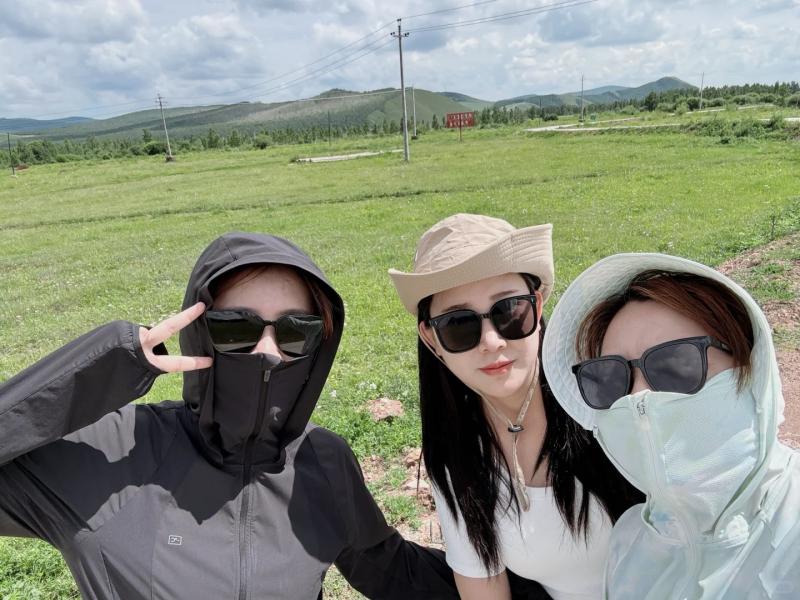
Pro Tips: Travel Details You Shouldn’t Ignore
- Avoid washing your face with hot water—this worsens dryness
- Don’t wear makeup while trekking—it blocks pores and increases irritation
- Patch-test new skincare products before your trip to avoid allergic reactions
- Bring medical-grade petroleum jelly (Vaseline) for emergency repair of dry lips, nostrils, or ears
Travel Packing Checklist: Sun & Moisture Essentials
| Category | Recommended Items |
| Sunscreen | SPF 50+, PA+++ outdoor-formula sunscreen |
| Lip Balm | Lip balm with sun protection |
| Hat | Wide-brim or full-face sun hat |
| Sunglasses | UV400-certified sunglasses |
| Facial Mist | Hydrating mist, aloe soothing spray |
| Face Masks | Moisturizing or calming face masks |
| Hand Cream | Travel-size moisturizing hand cream |
| Thermos | At least 500ml, good insulation |
| Umbrella | Folding umbrella for sun and rain |
| Sun Clothing | Lightweight, UV-resistant, breathable long-sleeved clothes |
Conquer the Beauty—and the Challenge—of Highlands and Deserts
Tibet, Qinghai, and Xinjiang are among the most breathtaking regions on Earth, but their extreme climates demand thoughtful preparation. The combination of dry air and intense sun can wear down even experienced travelers—unless you’re equipped with the right knowledge and tools.
Whether you’re heading to Lhasa, Ngari, Dunhuang, or the Duku Highway in northern Xinjiang, remember:
Sun protection and hydration are your first lines of defense.
Keep this guide handy and let your journey be both beautiful and safe, with every photo reflecting not just the landscape’s grandeur—but also your radiant, well-cared-for self.



